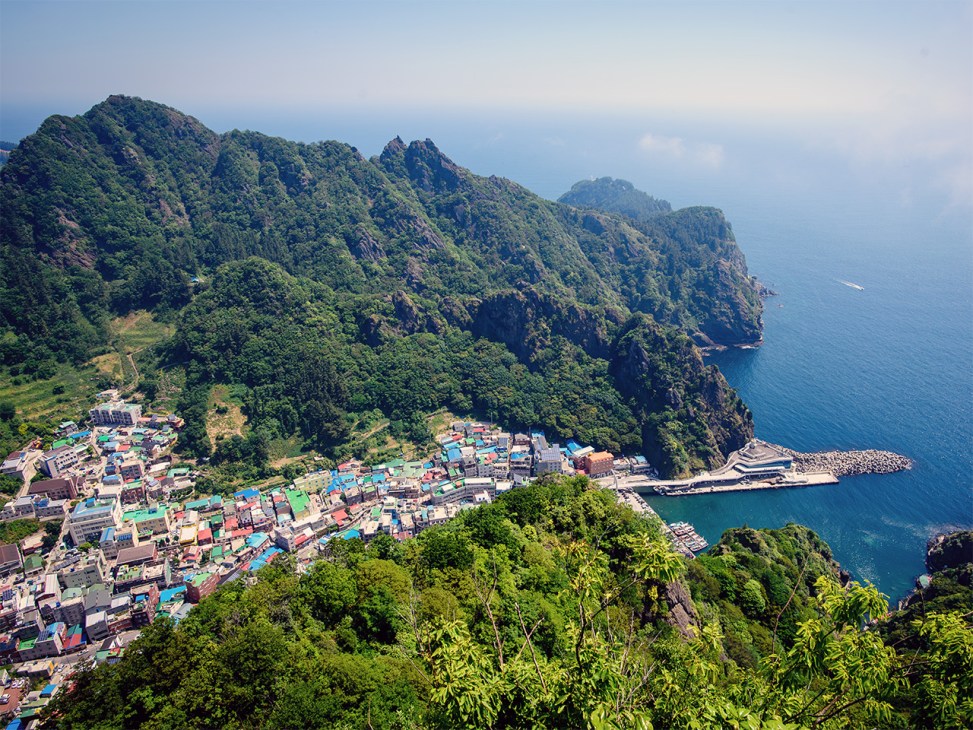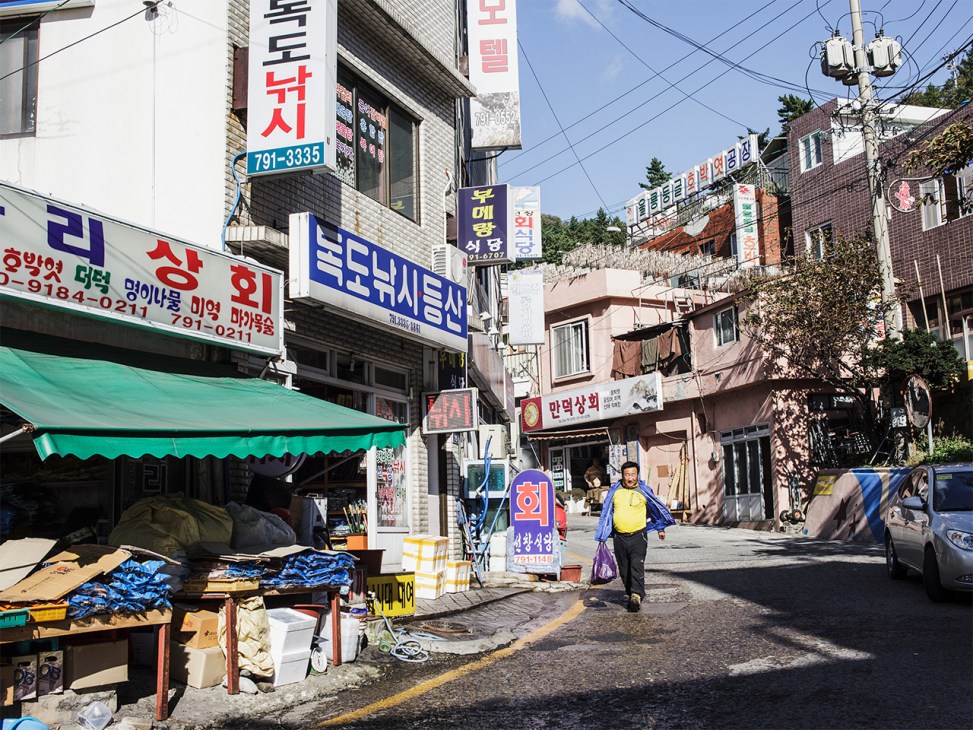Seoul might be living in the future but South Korea’s islands say not so fast
As few Seoulites flee the city in summer, it’s the perfect opportunity to explore the country’s timeless archipelago – an invitation to the good old days.
Unlike Paris or Milan, Seoul doesn’t empty out come August. Despite the red line on the thermometer camping out in the mid-thirties and air conditioners working as hard as office staff, many Seoulites prefer to stay put. And yet South Korea’s islands offer an opportunity to slow down and discover – one slow ferry ride at a time – a more intimate side of a country that is hurtling towards the future at dizzying speed. Island-hopping is one of my favourite ways to travel on the peninsula of more than 3,000 islands. Sure, “only” 473 of them are inhabited but that’s still a generous playing field for summer expeditions and a much-needed break from the cars and karaoke bars of Seoul.

I have spent most of my adult life in and around the South Korean capital, where a staggering half of our 51 million people live and the majority of tourists visit. This year is predicted to break records for the number of international arrivals but most will stay in Seoul or join the domestic crowds flying to Jeju Island – the busiest passenger air route in the world. Jeju is South Korea’s biggest and best-known island: an oval-shaped volcanic rock in the middle of the sea passage that separates the Korean peninsula from Japan’s Kyushu Island. Yes, the beaches and palm trees belong on a postcard and there are some remarkable places to stay and become immersed in island life (Stayfolio is a great hotel designed by Z-Labs if you’re on the lookout). But even Jeju, home to fewer than 700,000 full-time residents, feels crowded. So, these days, when I need a break from the mainland and some blissful silence – I go elsewhere.
Gwanmaedo was my first time falling in love with one of those lesser-known islets. This tiny island of around 200 people, located in the southwestern tip of the peninsula, is a microcosm of South Korea’s shrinking population. The country has the lowest birthrate in the world and this is especially felt in rural communities and on islands such as Gwanmaedo, which had more than 1,000 residents in the 1980s. When I first visited many summers ago, I went camping with friends, swimming at empty beaches and hiking on trails, offering spectacular vistas out to sea. These remote islands are not known for famous tourist sites or social-media scenery but that is part of the allure. Destination restaurants might be thin on the ground but the village inn will always have fresh seafood. Ulleungdo is a three-hour ferry from Gangneung, on the eastern side of South Korea, and its seafood has become a delicacy. The island’s squid – whether sashimi or stir-fried – attracts travellers from far and wide.

Remember, for all the benefits of avoiding the crowd, pack sensibly and be prepared for the realities of small-island life. English speakers will be as hard to find as a supermarket. Far from the frontier of the future in Seoul, the charm of South Korea’s islands is that they force you to recalibrate. Whether it’s for the weekend or a longer escape, there’s something profoundly hopeful in knowing that places such as Gwanmaedo and Ulleungdo still exist: beautiful, faraway and waiting to be explored – a reminder that sometimes the best journeys are the ones that take you back in time.



